Professional septic tank pumping that keeps your system running smoothly and your family safe from health hazards.
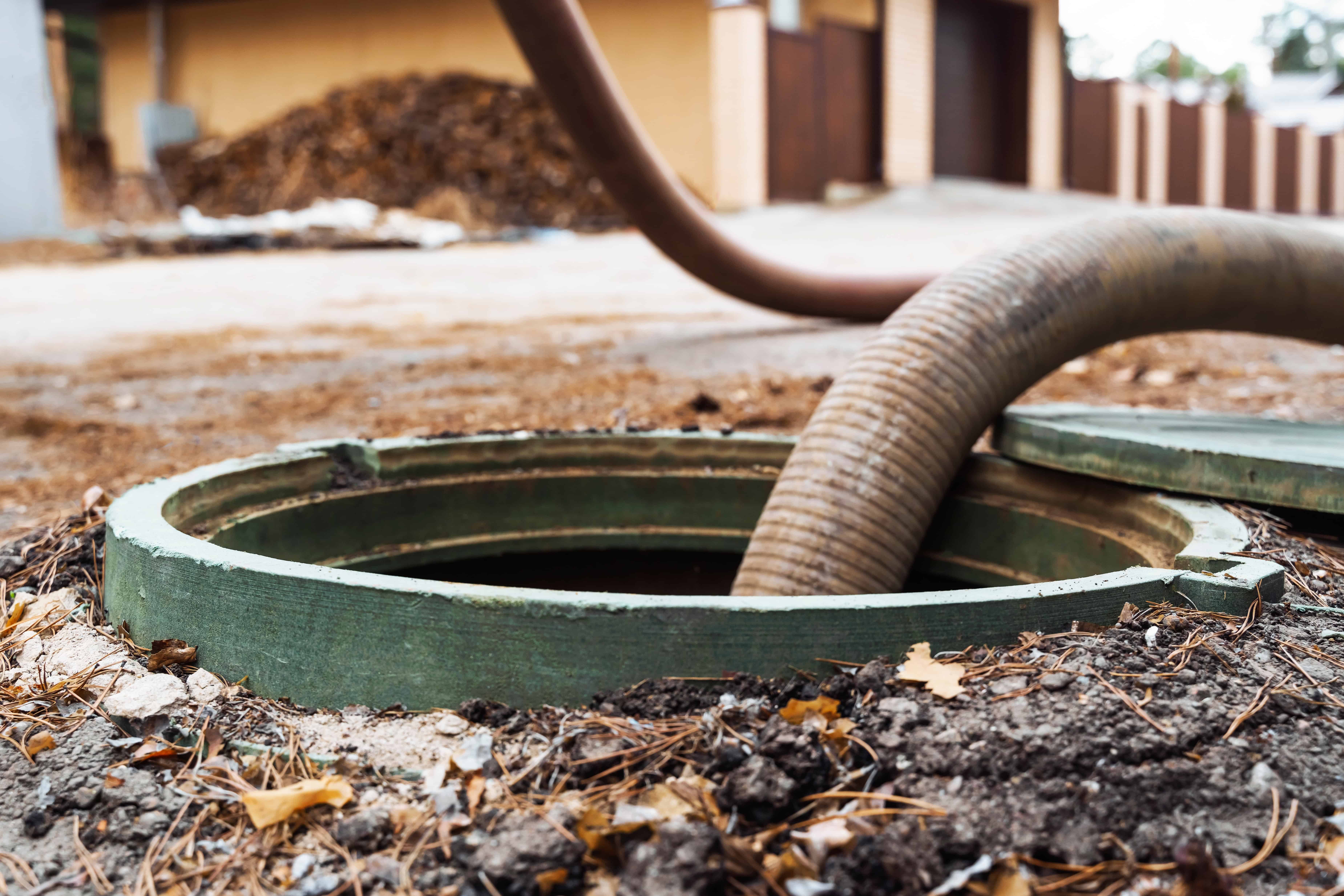
Hear from Our Customers
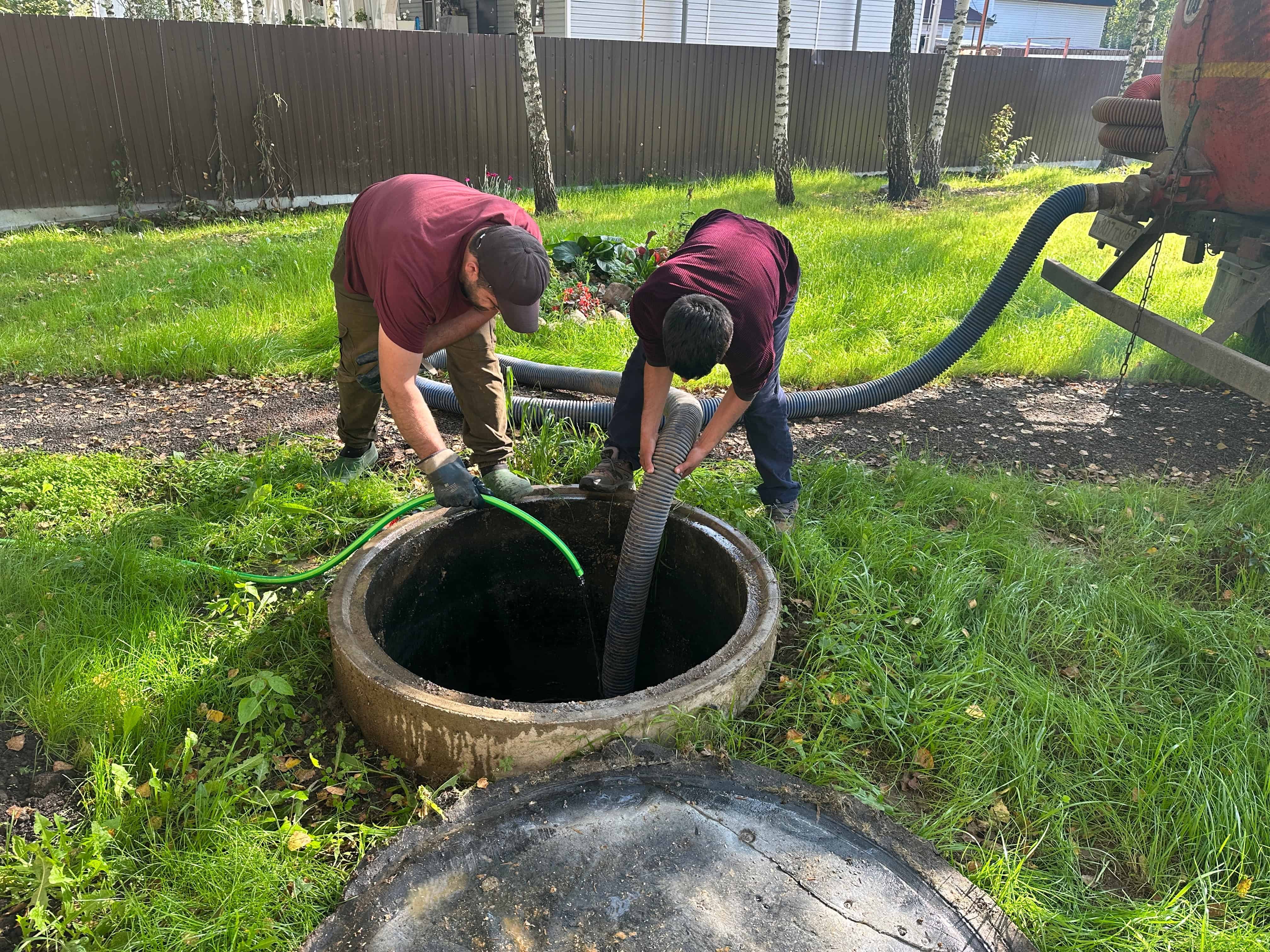
Your septic system works quietly in the background until it doesn’t. When sinks start draining slowly or you catch that unmistakable smell near your tank, you’re already behind schedule.
Regular septic tank pumping prevents the nightmare scenarios. No sewage backing up into your basement. No emergency calls on weekends when rates double. No explaining to guests why your bathroom smells like a swamp.
A properly maintained septic system protects your property value, keeps your family healthy, and saves you thousands compared to emergency repairs or full system replacement. Most Mastic Beach homes need pumping every 3-5 years, but the exact timing depends on your household size and usage patterns.
We’ve been handling septic systems across Long Island for years. We know the local soil conditions, understand Suffolk County regulations, and we’ve seen every type of septic problem Mastic Beach homeowners face.
Our team shows up on time with professional equipment and treats your property with respect. We’re licensed, insured, and follow all environmental regulations for proper waste disposal.
You won’t get surprise fees or high-pressure sales tactics. Just honest assessments and reliable septic pumping services when you need them.
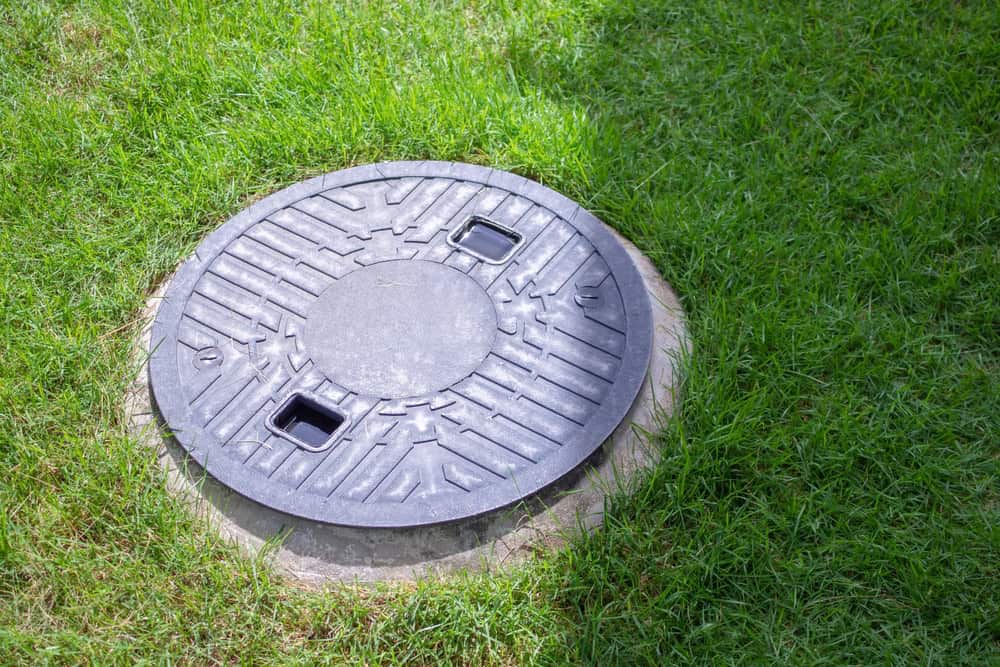
First, we locate and uncover your septic tank access ports. Our truck-mounted equipment does the heavy lifting while we inspect the tank condition and measure sludge levels to confirm pumping is needed.
The actual pumping removes all liquid waste, sludge, and floating debris from your tank. We don’t just pump and leave – we inspect baffles, check for cracks or damage, and measure the scum and sludge layers to determine your next service interval.
After pumping, we provide a written report of the tank condition and any maintenance recommendations. Most customers are surprised how quick and clean the process is. Your system is ready to handle normal household waste immediately after service.
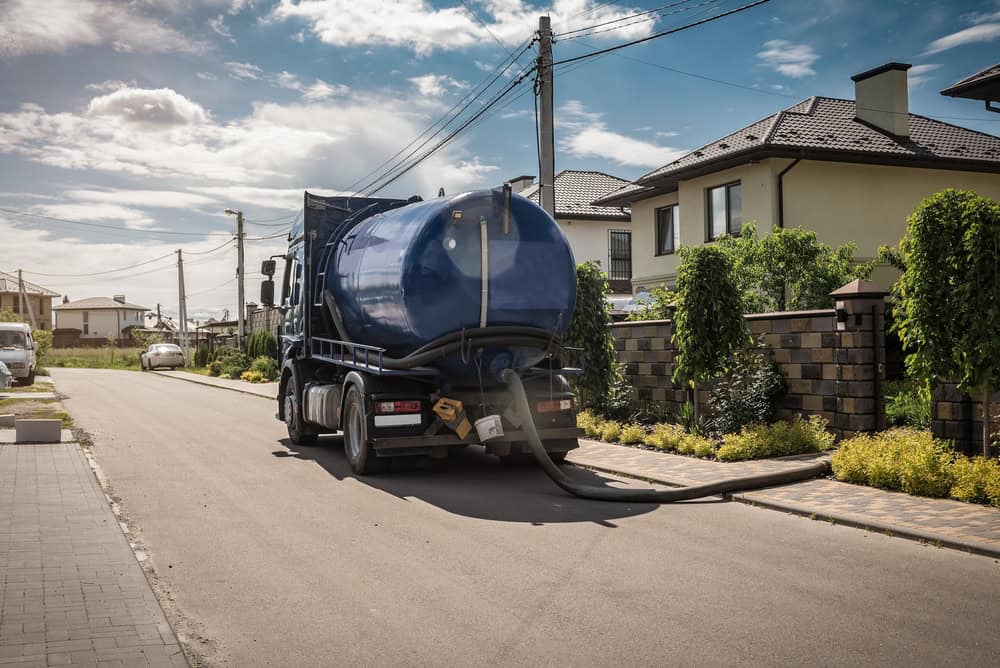
Ready to get started?
Complete septic tank pumping includes removing all waste materials, not just the liquid. Many homeowners don’t realize that partial pumping leaves behind sludge that reduces tank capacity and accelerates future problems.
We inspect tank components during service because small issues become expensive emergencies if ignored. Cracked baffles, damaged inlet pipes, or failing tank walls need attention before they cause system failure.
Our service includes proper waste disposal at licensed facilities, written documentation of tank condition, and scheduling recommendations based on your household’s actual usage. You’ll know exactly when to schedule your next service instead of guessing or waiting for warning signs.
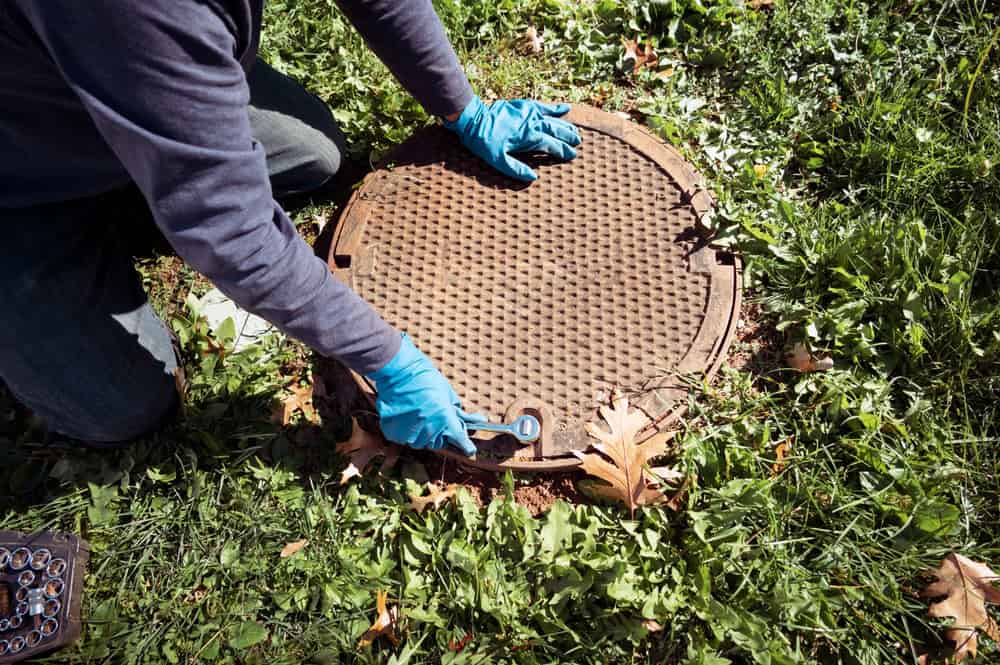
Don’t let cesspool issues disrupt your day. Reach out now for a free estimate and expert service.
©2025 Quality Cesspool All Rights Reserved. SEO Company NYC – Web Design & SEO by Hozio